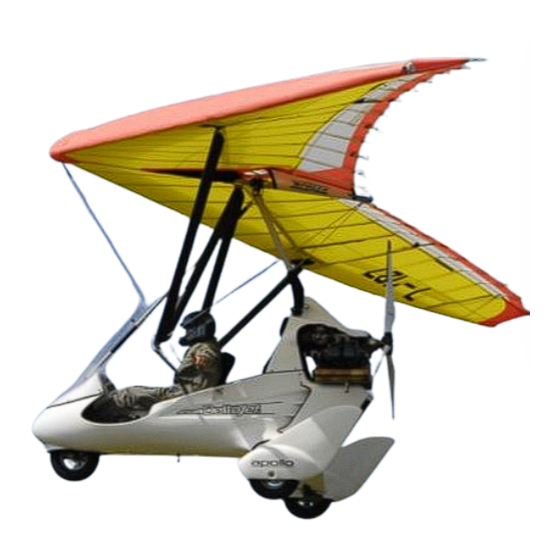
Table of Contents
Advertisement
Apollo C15 DD - Delta Jet 2 - R912
weight shift controlled (WSC) aircraft
OPERATING/SERVICING MANUAL
2012
H A L L E Y Apollo Ultralight Aircraft Ltd
H-3300 E G E R, M e s t e r Street 3., HUNGARY (mailing address)
H-3301 E G E R
Pf.: 425. HUNGARY (mail box)
Phone / Fax:
+36/313-830; 36/320-208
ATTENTION!
e-mail : apollo@mail.datanet.hu
home page: www.halley.hu
1
Advertisement
Table of Contents


Need help?
Do you have a question about the C15 DD and is the answer not in the manual?
Questions and answers